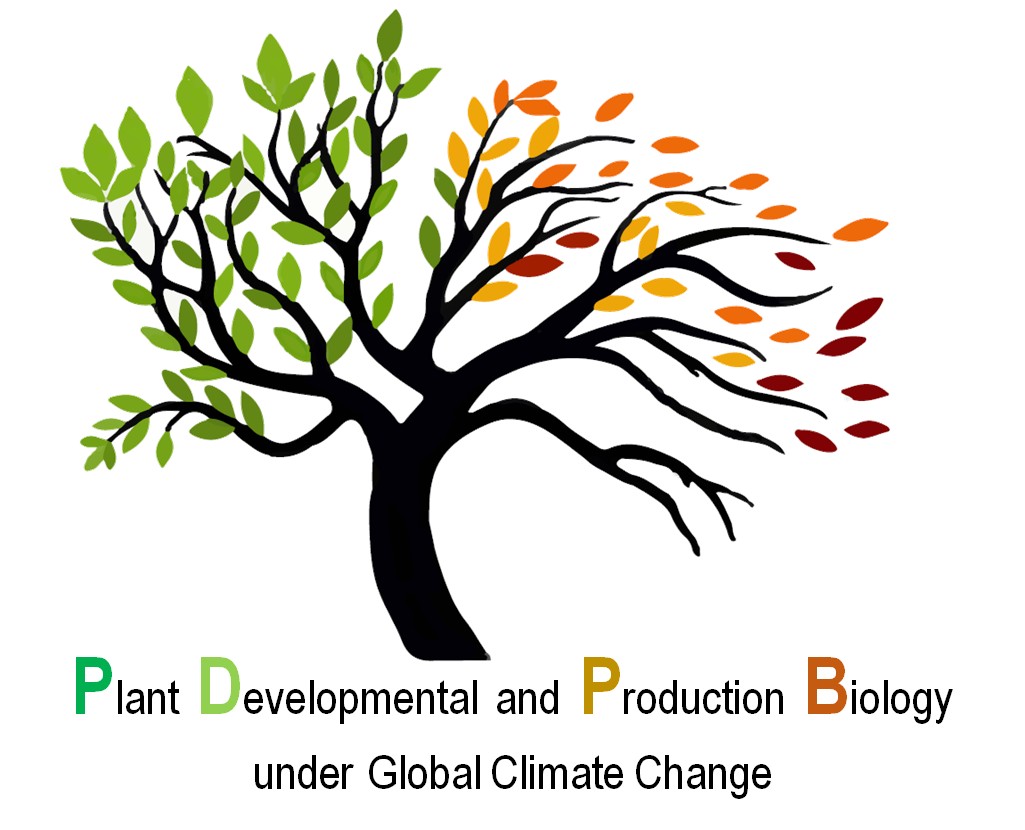| |
|
Hauser MT [a], Konlechner C [a], Markl G [a], Ploderer M [a], Strobl S [a], Haghani S [a], Wang X [a], Gutierrez L [b], Richter J [a] |
| |
|
[a] University of Natural Resources and Life Sciences, Department of Applied Genetics and Cell Biology, Vienna, Austria
[b] Université de Picardie Jules Verne, Amiens, France
|
| |
|
Cell walls are not only a protective barrier surrounding protoplasts but serve as signaling platform between the extracellular environment and the intracellular physiology. Primary cell walls consist of cellulose and xyloglucans embedded in a complex pectic and protein matrix. Pectins and in particular homogalacturonans (HGs) play a key role in transmitting exogenous biotic and abiotic signals to the interior of the cell. Several cell wall components and in particular de-esterified HGs account for most cation exchange capacities of cell walls and bind Ca2+, Pb2+, Cu2+, Co2+, Ni2+, Zn2+, Cd2+ and Al3+. Metal ions changes the expression and activity of pectin modifying enzymes such as pectin methylesterases (PMEs) and their inhibitors (PMEIs). We provide evidence that these cell wall changes are sensed directly or indirectly by receptor like kinases (RLKs). Recently, we have shown a role in modulating growth and cell expansion upon excess of Cu2+, Ni2+, Zn2+, Cd2+, and Pb2+ for members of the Catharanthus roseus RLK1-like (CrRLK1L) gene family. Further experimental evidences of involved components and possible mechanism supporting a model of cell wall mediated metal ion sensing will be presented.
Richter J, Watson JM, Stasnik P, Borowska M, Neuhold J, Berger M, Stolt-Bergner P, Schoft V, Hauser M-T (2018) Multiplex mutagenesis of four clustered CrRLK1L with CRISPR/Cas9 exposes their growth regulatory roles in response to metal ions. Scientific Reports 8, 12182. doi.org/10.1038/s41598-018-30711-
Richter J, Ploderer M, Mongelard G, Gutierrez L, Hauser M-T (2017) Role of CrRLK1L cell wall sensors HERCULES1 and 2, THESEUS1, and FERONIA in growth adaptation triggered by heavy metals and trace elements. Front Plant Sci., 8, 1554. doi.org/10.3389/fpls.2017.01554
|

